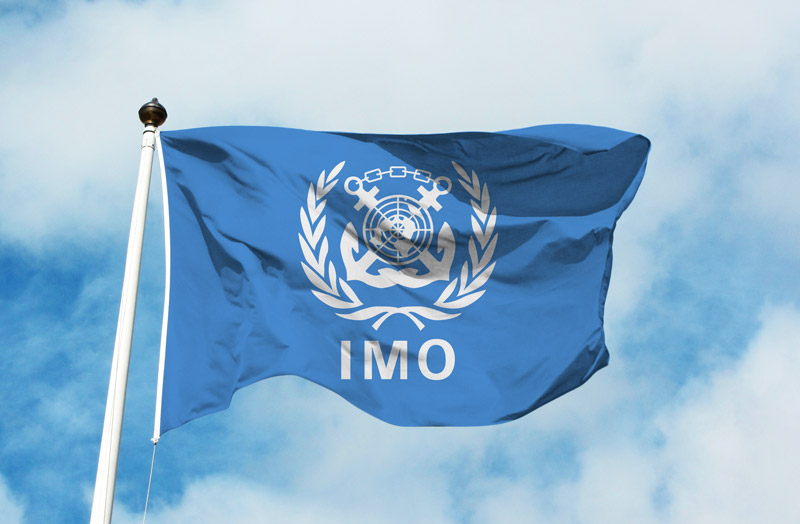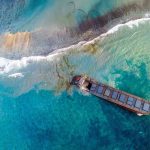This summer, new vessel traffic lanes and no-go whale protection areas will take effect near California’s Channel Islands National Marine Sanctuary, thanks to the International Maritime Organization.
IMO has adopted new U.S. proposals to improve protections for endangered blue whales, fin whales and humpback whales off the coast of California. The modifications were first proposed by an advisory council for the marine sanctuary back in 2015, and NOAA and the U.S. Coast Guard submitted the changes to the IMO last year. The hope is to reduce the risk of whale strikes on the approaches to LA/Long Beach, one of the busiest waterways for merchant shipping in the world.
First, the traffic separation scheme for the Channel Islands will be extended for another 13 nautucal miles seaward. This will help keep merchant ships in deep water, further offshore and away from areas most frequented by whales. In addition, a traffic exclusion area for important whale feeding habitat around the Channel Islands will be expanded by 2,000 square nautical miles. The designated area will now cover nearly 4,500 square nautical miles in total, surrounding the islands and extending an additional 30 nm westward.
“The IMO’s decision will enhance navigation safety and improve protection of whales,” said John Armor, director of NOAA’s Office of National Marine Sanctuaries. “These adjustments demonstrate a successful collaboration between the United States, the IMO and the global shipping community.”
Ship strikes are among the most significant threats to endangered whales in the Channel Islands, along with fishing gear entanglement. An average of four fatal ship strikes are reported per year on the U.S. West Coast, and modeling suggest that as many as 80 more may go unobserved, since most large whales sink after death. Blue whales appear to be particularly vulnerable to ship strikes, according to researchers with conservation science organization Point Blue, possibly because the species does not seem to avoid high traffic areas.
The TSS and the exclusion zone were set up to address the ship strike hazard and reduce the number of whale fatalities. In addition, NOAA asks merchant ships to slow down to 10 knots or less on all of the primary approaches to LA/Long Beach from May through December. Historically, about half of all large vessels comply with the request, according to NOAA-led research published last year in the journal Marine Conservation and Sustainability.
Source: The Maritime Executive






